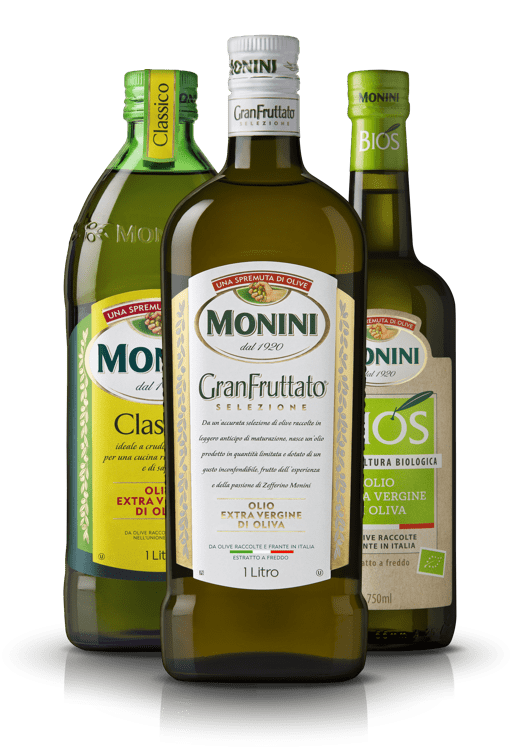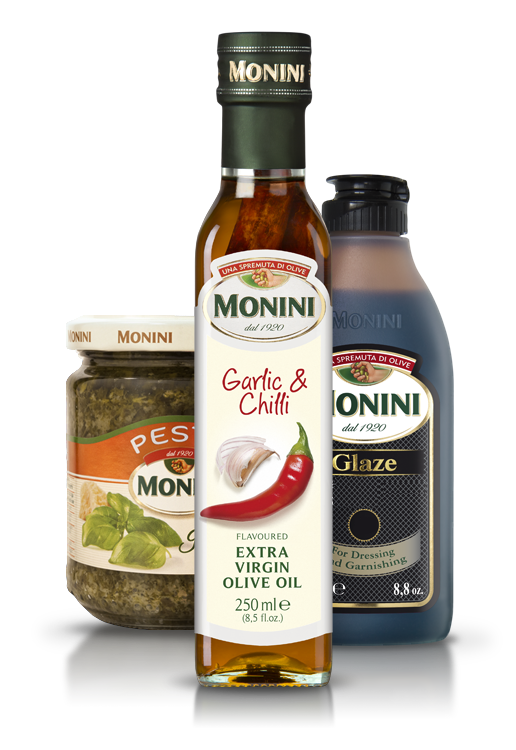Sustainability Plan 2030
• Our sustainability planUSING OIL IN THE KITCHEN
Being able to pair oil with food is an art with specific rules that everyone can learn.
After learning to recognise a good quality oil, you can enjoy pairing the oil flavours to those of your dishes, creating new and fragrant combinations in the kitchen.
EXTRA-VIRGIN OLIVE OIL AS A DRESSING
Because of its full-bodied flavour, extra-virgin olive oil is recommended for salads, pinzimonio, bruschetta, meat, fish, legumes, soups and pasta, but also on bread slices alone. Depending on the blend and the harvest time of the olives, extra-virgin oils can be more pungent or more delicate
each suited to various dishes and above all to everyone’s taste.
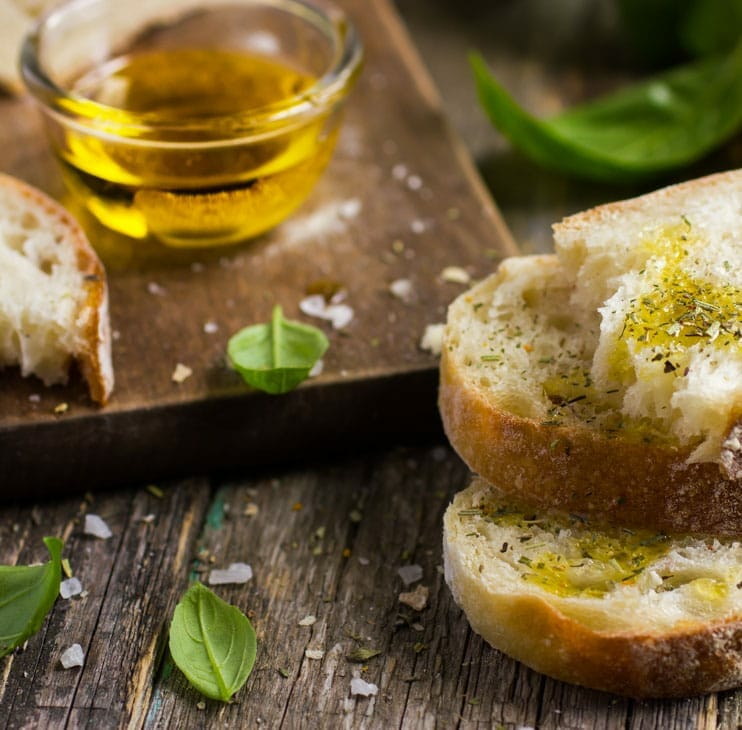
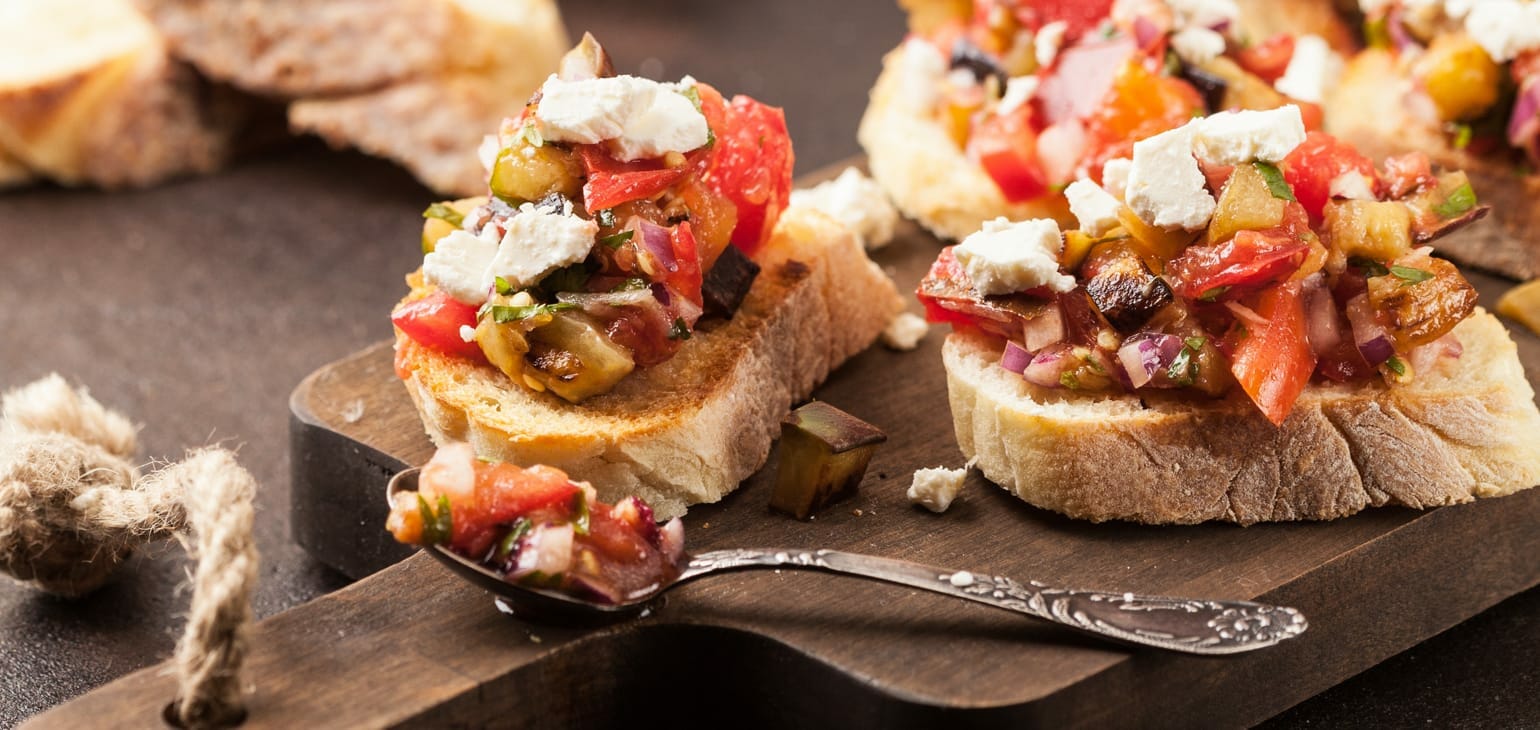
FRYING WITH OIL
The ideal temperature for frying food that turns out crispy and dry is around 180ºC. When frying, two of the most important elements to consider are the oil’s smoke point, or the temperature where it begins to smoke, and the critical temperature, or the temperature where fats deteriorate and release harmful substances for the body. The smoke point varies for each oil and depends on its level of acidity. Critical temperature depends on the oil’s typical composition and especially on its polyunsaturated fat content
FRYING WITH VEGETABLE OIL
Vegetable oils, which have practically no acidity, are “technically” very suitable for frying because they have been neutralised during the refining process, but they are actually more unstable than olive oils because their critical temperature* is lower than the optimal frying temperature. Therefore, they deteriorate more quickly, releasing harmful substances. If oil begins to smoke, we recommend that you replace it completely, and avoid just adding more to the pan or the deep fryer.
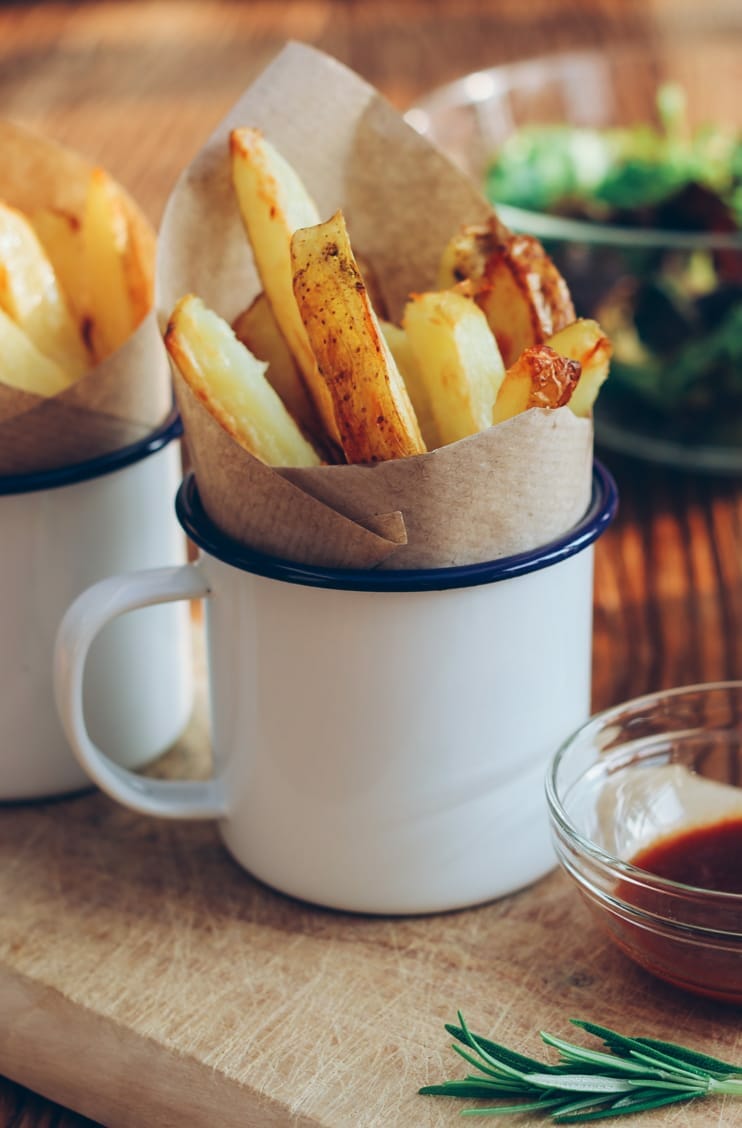
FRYING WITH EXTRA-VIRGIN OLIVE OIL
Extra-virgin olive oil’s smoke point is around 190ºC, so it tends to smoke very quickly. Extra-virgin oil tends to smoke early on in the frying process because of its acidity, but it is nevertheless a stable enough oil for frying. When vegetable oils smoke, however, it is due to their instability and the release of harmful substances.
FRYING WITH OLIVE OIL
Thanks to its stability and low acidity, olive oil withstands high frying temperatures without burning, and therefore without producing harmful compounds. It is considered one of the best oils for frying, not only because its critical temperature * is much higher than the usual temperature for frying, but also because of its organoleptic characteristics, which do not overpower the delicate taste of food and yield a “dry” and less greasy final product.
*CRITICAL TEMPERATURES OF OILS AND FATS
PALM OIL | 240° C |
PEANUT OIL | 220° C |
OLIVE OIL | 210° C |
LARD, COCONUT OIL | 180° C |
SUNFLOWER OIL, SOYBEAN OIL | 170° C |
GRAPESEED OIL, RAPESEED (CANOLA) OIL, CORN OIL | 160° C |
Margarina | 150° C |
Burro | 110° C |

